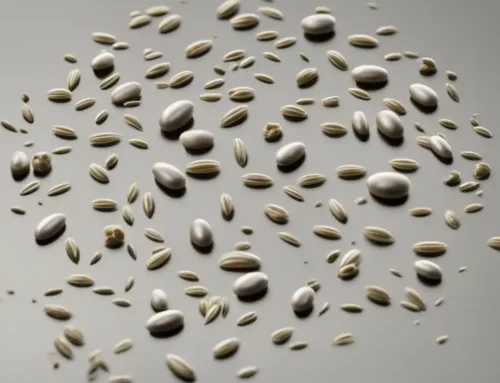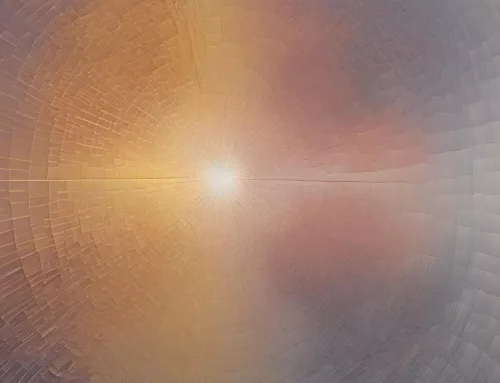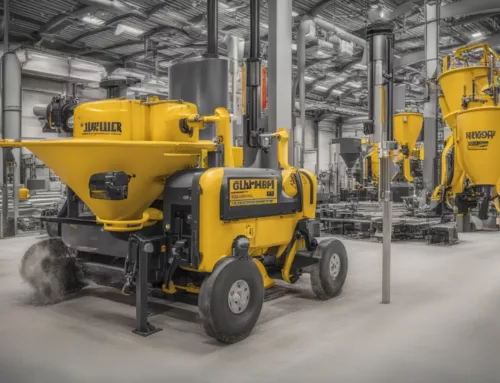The fascinating world of crystal growth, nucleation, and powder processing is a dynamic field, where science meets innovation, it’s crucial to understand the best practices and avoid potential pitfalls to achieve optimal results. Let’s delve into the key 10 Powder Processing Do’s and Don’ts as a practical guide:
10 powder processing Do’s
Understand Supersaturation
Comprehend the concept of supersaturation as a fundamental condition for crystal nucleation.
Control Temperature
Manage temperature carefully, as it significantly influences molecular kinetic energy and nucleation propensity.
Utilize Seed Crystals
Introduce seed crystals strategically to expedite molecular alignment and facilitate nucleation.
Employ Advanced Techniques
Explore crystal nucleation through advanced techniques like X-ray crystallography and spectroscopy.
Collaborate and Share Information
Engage in global collaboration to enhance understanding through crystallography and nucleation studies.
Optimize Manufacturing Processes
Leverage crystallographic insights to influence nucleation and growth, fine-tuning final crystal structure.
Validate with X-ray Diffraction (XRD)
Ensure crystalline integrity and validate processes using XRD for meticulous scrutiny.
Enhance Control with Chemical Precision
Use refined chemical control, including the intentional introduction of impurities, for specific functionalities.
Explore Unique Material Properties
Investigate crystal growth under extreme conditions to reveal novel phases and behaviors.
Embrace Interdisciplinary Approaches
Foster collaboration between crystallography, nucleation studies, and powder technology for nuanced control of powdered materials
10 Powder Processing Don’ts
Ignore Supersaturation Levels
Neglecting the importance of supersaturation can lead to unpredictable nucleation outcomes.
Overlook Temperature Control
Inadequate temperature control may result in variations in nucleation rates and crystal structures.
Disregard Seed Crystal Impact
Failing to consider the role of seed crystals may hinder the nucleation process and crystal growth.
Rely Solely on Outdated Models
Avoid relying solely on outdated models; acknowledge limitations, especially in describing both Ostwald ripening and nucleation concurrently.
Neglect Microstructure Evolution
Ignore the dynamics of microstructure evolution during liquid-liquid decomposition, as it affects nucleation and growth.
Exclude In-situ Imaging
Overlook the benefits of in-situ imaging for real-time observation and analysis of nucleation events.
Underestimate Impurity Influence
Disregard the influence of impurities or dopants in the crystal lattice, which can impact nucleation kinetics.
Miss High-Resolution Techniques
Neglect high-resolution techniques like electron microscopy that offer precise characterization of crystal structures.
Isolate Crystallography from Applications
Avoid isolating crystallography from practical applications; ensure insights contribute to tailored powder properties.
Neglect Collaboration in Research
Fail to engage in collaborative research, missing opportunities to deepen comprehension and drive innovations.
10 Powder Processing Do’s and Don’ts Summery
By adhering to these 10 Powder Processing Do’s and Don’ts, you can navigate the complexities of crystal growth, nucleation, and powder processing with precision and confidence. Remember to approach your research with curiosity, diligence, and a commitment to excellence, and you’ll be well on your way to making impactful contributions in this exciting field.



